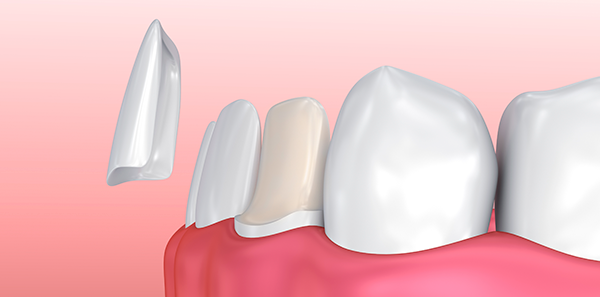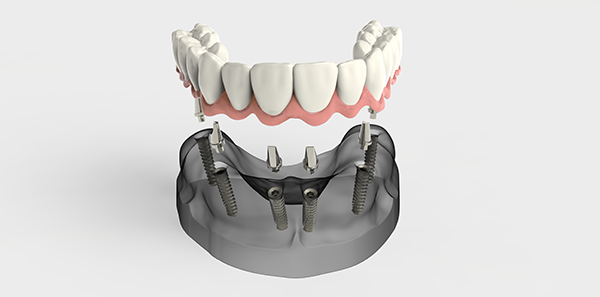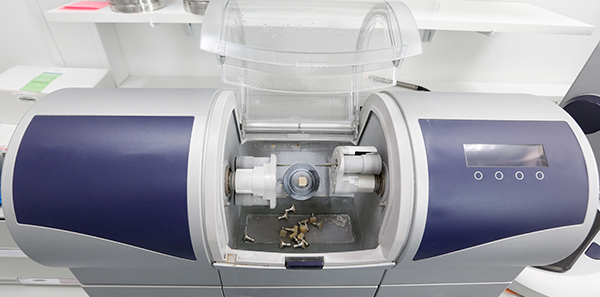
Celebrities and influencers smile and shine on the red carpet with their perfect teeth. The secret of these attractive smiles is often a set of what we call dental veneers. As we know, most people increase their physical appeal through their face, so teeth play a very important role. Having white teeth is a sign of good health and makes someone look younger, happier and more attractive.
What are dental veneers?
Dental veneers are very thin composite or porcelain coatings, like a contact lens, that are bonded to the teeth with special cement.
The most important feature of dental veneers is that they can give teeth a completely new shape and colour very quickly. Veneers can not only close gaps and change the anatomy of the teeth; they can also be an alternative to permanent teeth whitening.
The material of a cosmetic veneer is as translucent as the enamel of our teeth, so it can’t be distinguished from the original teeth with the naked eye.
Types of dental veneers:
1.Composite veneers or direct dental veneers
This type of veneers are placed directly on the teeth by the dentist at the clinic, there is no need to manufacture them in the dental laboratory. Veneers are instant and are made of a resin called composite. This procedure is suitable for very minor dental issues, for closing diastemas or for colour changes.
Advantages:
- They don’t involve any drilling.
- They don’t require anaesthesia.
- They are the most affordable as there are no laboratory costs.
- They are done on the spot.
Disadvantages:
- They are the least durable (about 6-7 years).
- They suffer degradation and staining over time.
2.Conventional porcelain dental veneers
Conventional porcelain veneers are more attractive and durable than composite veneers, but they require anaesthesia and tooth drilling to insert them. The manufacturing process is more complex and more appointments are needed due to the fact that they’re made by a dental laboratory, with the consequent increase in cost.
Advantages:
- They’re more attractive as they’re made from porcelain.
- They last longer (20-25 years).
- They don’t change colour or stain.
Disadvantages:
- They need anaesthesia and dental drilling.
- They’re more expensive as they depend on a laboratory.
3.Micro veneers or Lumineers
With this type of veneers, which are very thin (0.3 mm), it’s not necessary to polish the teeth, leaving them intact in case the patient ever wants them removed. Lumineers, as this type of dental veneer is known and whose name is a registered trademark, were the first contact lens-thin veneers to become popular. Fitting Lumineers veneers on the teeth is a gentle, painless dental process that does not require anaesthesia.
Advantages:
- They are very aesthetically pleasing.
- No anaesthesia or dental drilling is required.
- They are long lasting (20-25 years).
Disadvantages:
- Not recommended for very dark teeth because they are very translucent.
- They cost more.
When should dental veneers be used?
Dental veneers are an excellent option for changing the general appearance of teeth and rejuvenating the smile. Their shape, colour and position can be modified, forming a completely new smile. In many cases they can be fitted without having to shape the teeth, so treatments can be minimally invasive and reversible.
Dr. Alberto Enrique Lledó Valero
Specialist in Dentistry and
Stomatology at Clínica Lledó Madrid.












